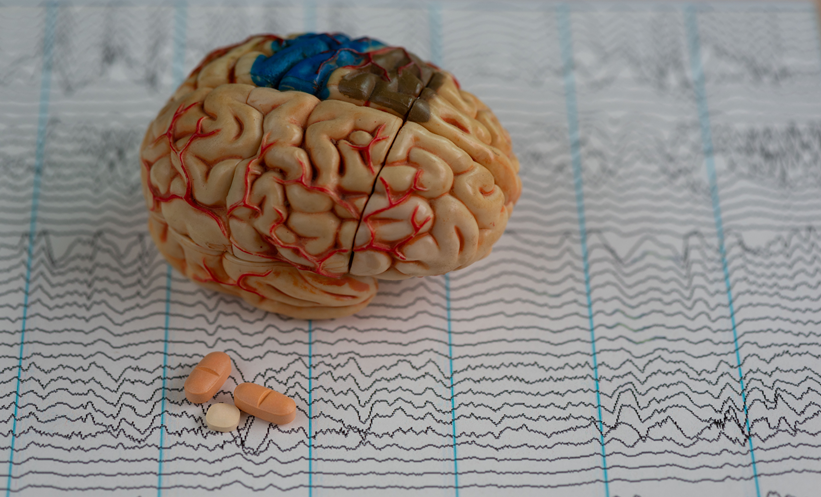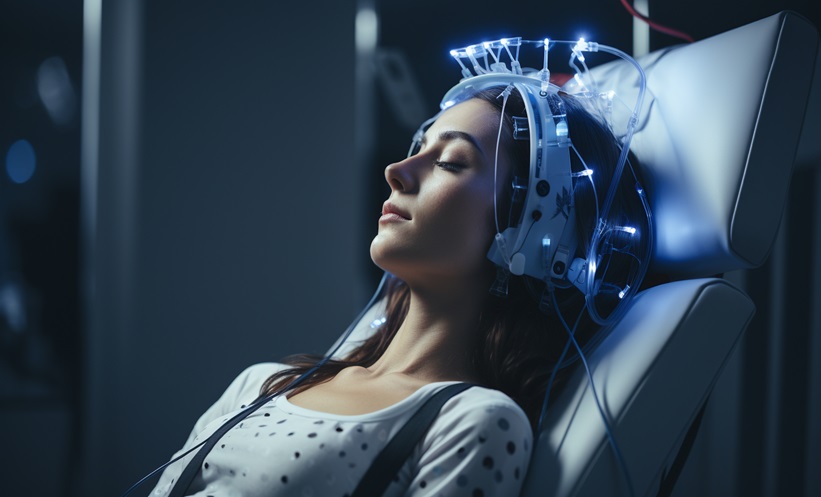BACKGROUND AND AIMS
The incidence of ‘young strokes’ (stroke affecting people under the age of 45) has been on the rise internationally, accounting for approximately 10% of total strokes.¹ There is a number of reasons for this, and the increasing use of MRI is one contributing factor. Traditional stroke risk factors, such as obesity and hypercholesterolaemia, are increasingly more prevalent in young people.1
Despite improvements in diagnostic abilities, a large proportion of young strokes are cryptogenic. The prevalence of this has been reported to be up to 50% in some studies.1 It is likely that there is a complex interplay between environmental and genetic predispositions, as well as unconventional factors such as migraine.2 Paradoxical embolism through a patent foramen ovale must also be considered, particularly in combination with prothrombotic mutations. However, there is a paucity of evidence to implicate this as an aetiological factor.3
Most studies of ischaemic strokes in young adults employ the TOAST criteria to assign mechanism. No specific guidelines exist for the investigation or management of ischaemic strokes. Assessment of young strokes with no obvious cause often include CT or MR angiography, comprehensive cardiac workup, and serum testing for vasculitis, connective tissue diseases, prothrombotic syndromes, and infections.4
The authors aimed to analyse all acute stroke presentations under the age of 45 years over a 10 year period and to identify the mechanism.
METHODS
A retrospective review was undertaken on all patients under the age of 45 years presenting with acute stroke from 1st January 2010 to 30th September 2019 to a tertiary stroke referral centre. Details regarding presentation (ischaemic or haemorrhagic), vascular territory affected, use of thrombolysis or thrombectomy, as well as imaging, cardiac, and laboratory results were gathered. The TOAST criteria were applied to assign stroke mechanism.
RESULTS
The authors’ institution had a total of 3,420 patients presenting with acute stroke over the 10-year period. Of these, 2,530 (74.0%) were ischaemic strokes, and 117(3.4%) of these occurred in patients under the age of 45. The largest proportion were cryptogenic (26.0%). ‘Other determined aetiology’ accounted for 21.0%, 11.0% were secondary to small vessel disease, 11.0% were cardioembolic, and 4.0% were from large vessel occlusion. Six patients were thrombolysed (0.5%) and two underwent thrombectomy. The other determined aetiology was made up of carotid and vertebral artery dissection, hypercoagulability, antiphospholipid syndrome, vasculitis, and substance abuse. No patients had an iatrogenic cause for the stroke.
CONCLUSION
There is a high number of strokes as a result of modifiable risk factors, and aggressive targeting of these could lead to a decline in stroke incidence. A frequent mistake is the diagnosis of cryptogenic strokes in patients who have had incomplete investigations for rare causes, for example, vasculitis, hypercoagulability, and autoimmune conditions. Repeating investigations such as cardiac monitoring, angiography, and serum testing should be considered.4 Although the data are limited, small studies have suggested a favourable prognosis with cryptogenic strokes in the young with the recurrence rate for ischaemic strokes being less than 2% annually.5







